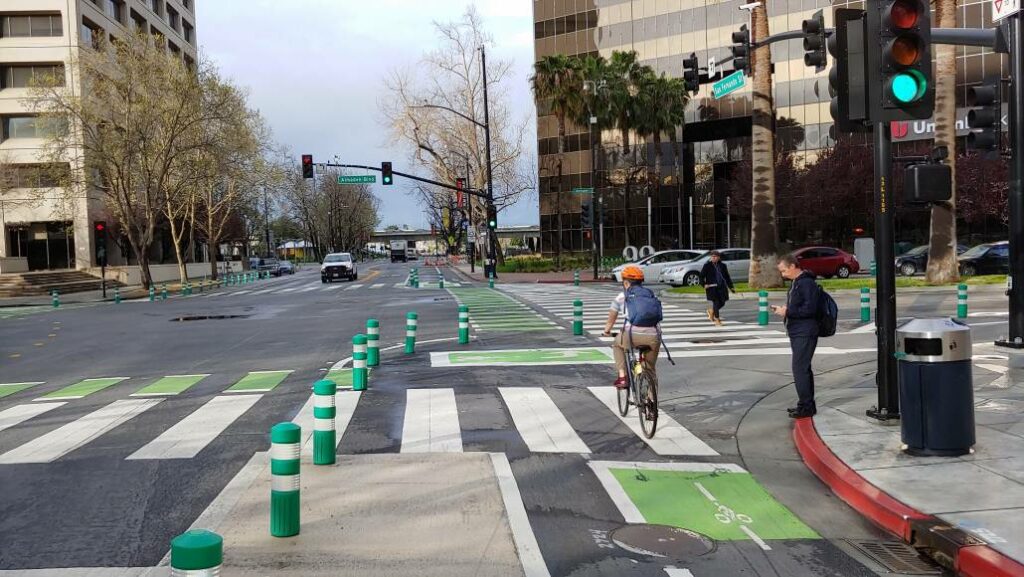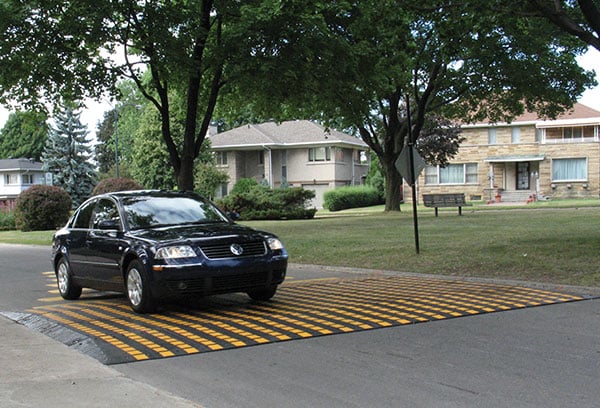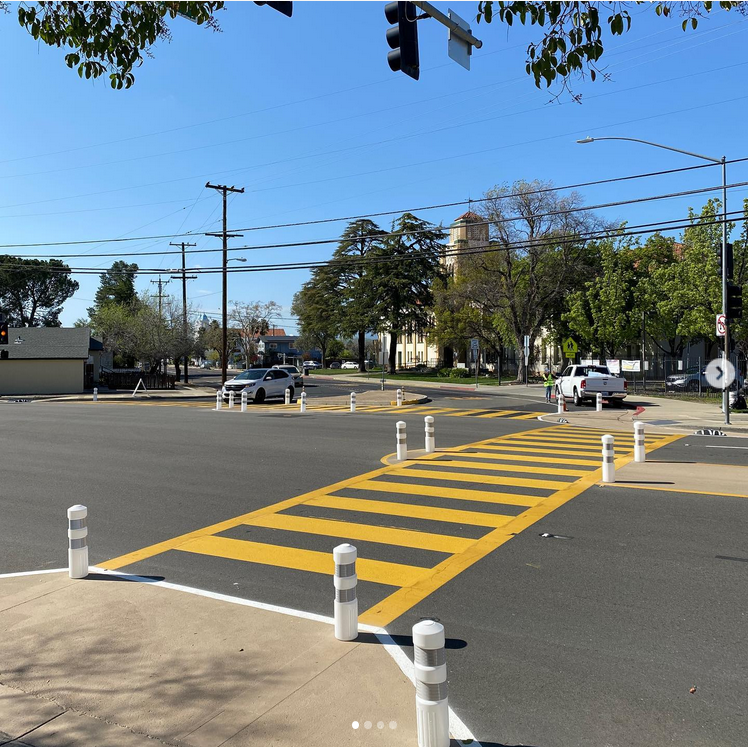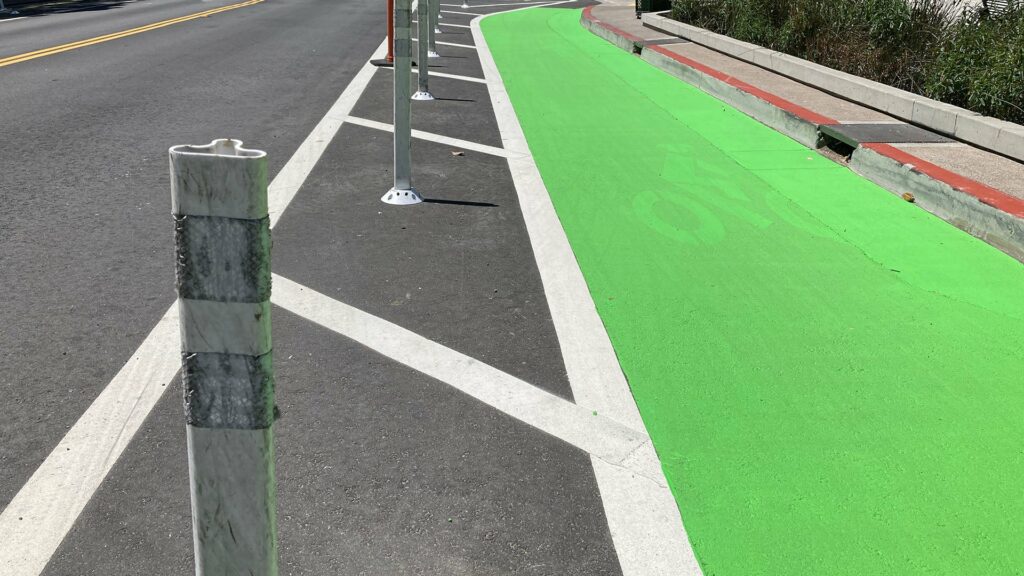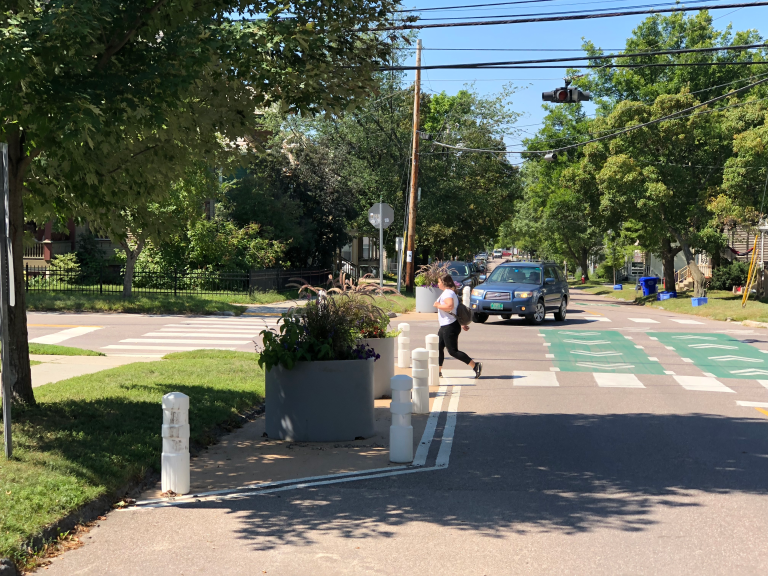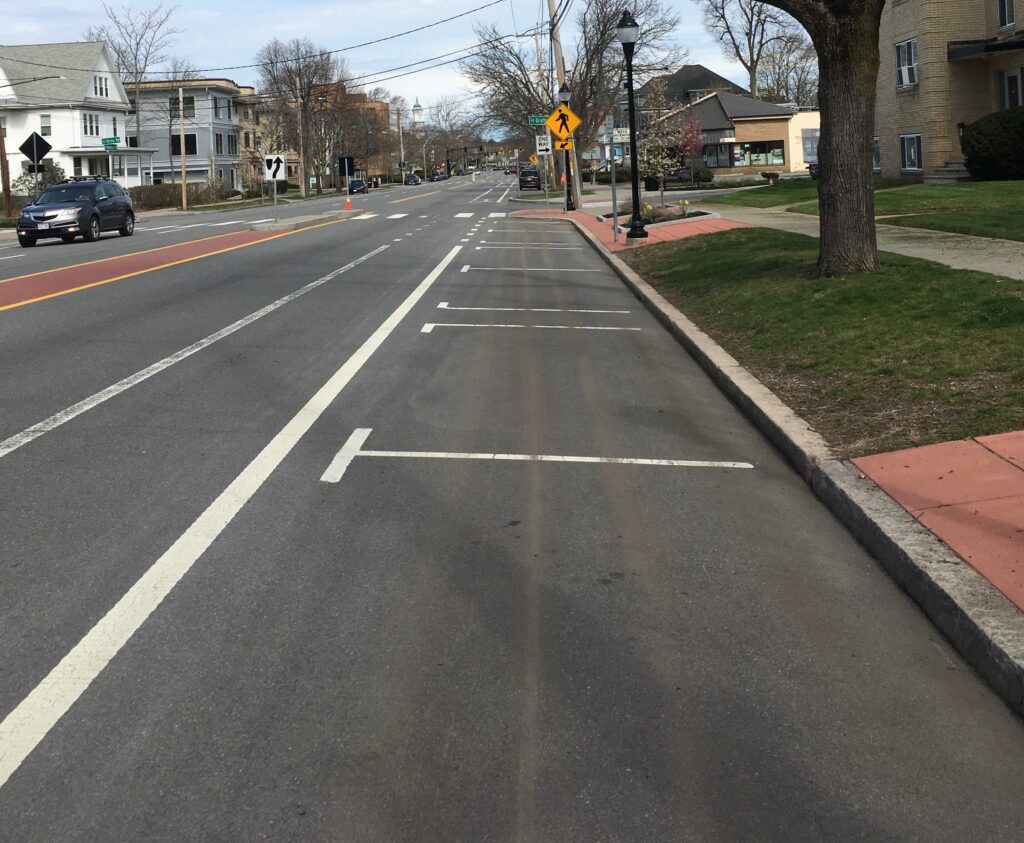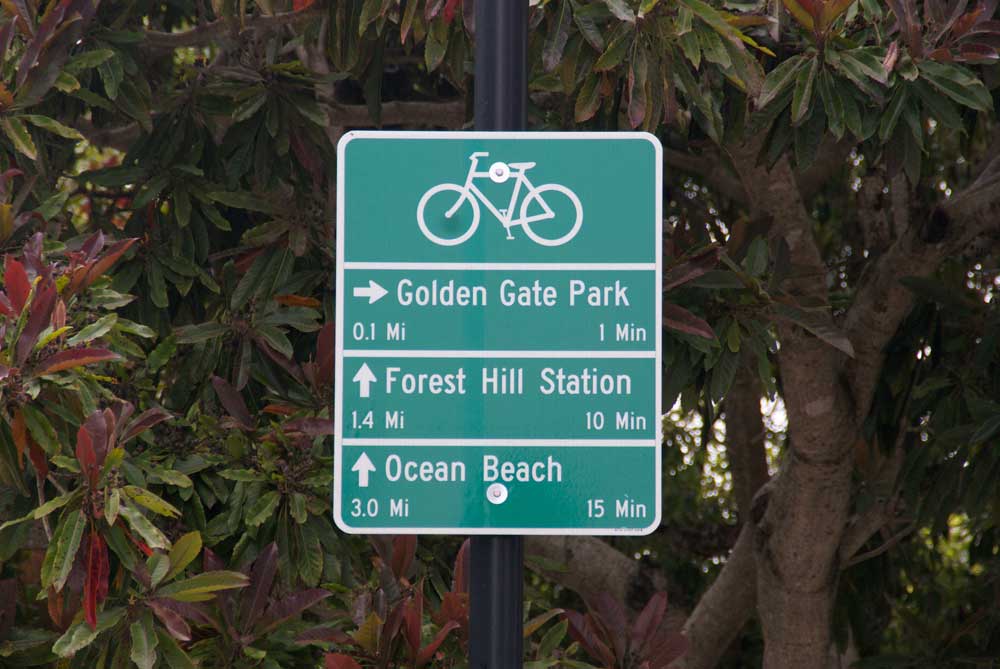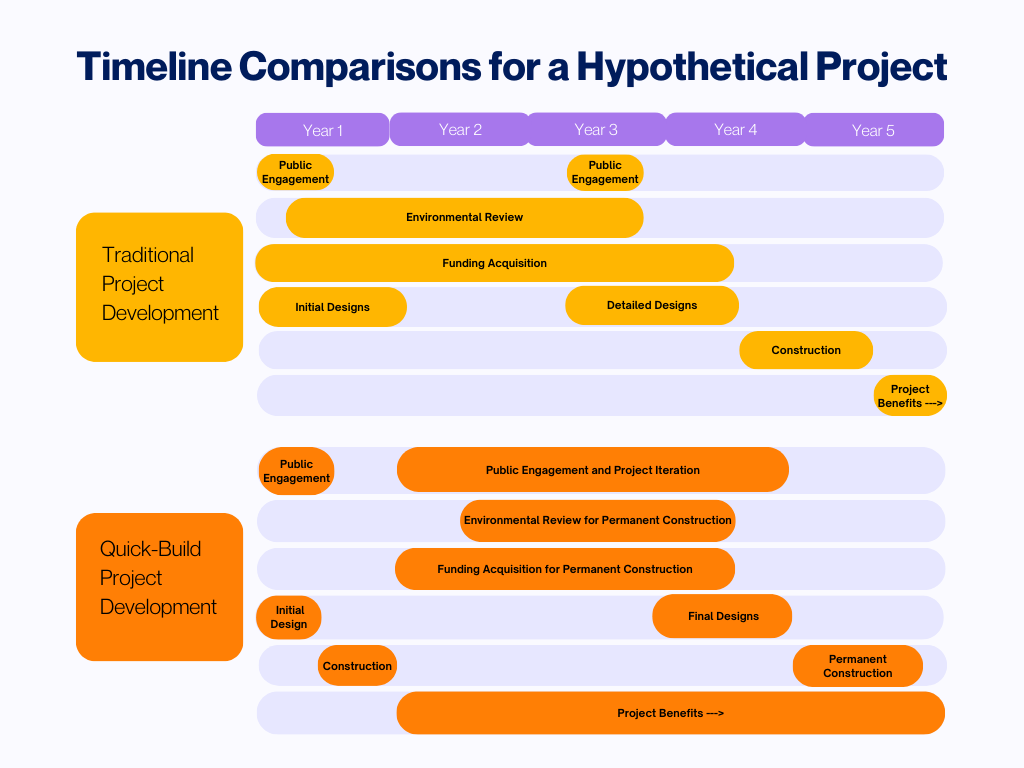
An ideal Quick-Build project is derived from a land use or transportation plan which has already been developed with meaningful community input and adopted by the agency’s governing body. This helps ensure that projects reflect community priorities.
Still, as with any project, the development of a Quick-Build project should start with community engagement. The initial public engagement for a Quick-Build project should be highly focused on three key areas:
- Ensuring safety and accessibility of projects design for people of all ages and abilities.
- Notification of neighbors and other street users to ensure there are no surprises.
- Engaging key stakeholders who might contribute to the initial design (e.g., artists who might contribute public art).
This initial public engagement is critical for success. However, the bulk of the public process comes later.
Quick-Build is “intended to be community-led and, based on real-time feedback, iterative and adaptable,” as described by Alta Planning + Design. Where traditional transportation improvement involves a lengthy planning, design and environmental review phase, followed by construction, Quick-Build projects proceed to construction early, typically in a manner exempt from environmental review requirements, then continue to engage the public over the coming years. Meanwhile, the lead agency can pursue any necessary funding or reviews required for more permanent improvements, with many of the project benefits already being experienced by the community. The chart above uses a hypothetical project to illustrate potential differences in timelines and outcomes between traditional project development and a Quick-Build approach.
Crucially, after a Quick-Build installation, public input can inform ongoing low-cost iterations. The Barr Foundation conducted a study on Quick-Build projects in Massachusetts, and recommends some useful evaluation methods for ongoing public engagement.
More in the Quick-Build Toolkit
